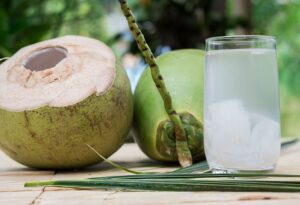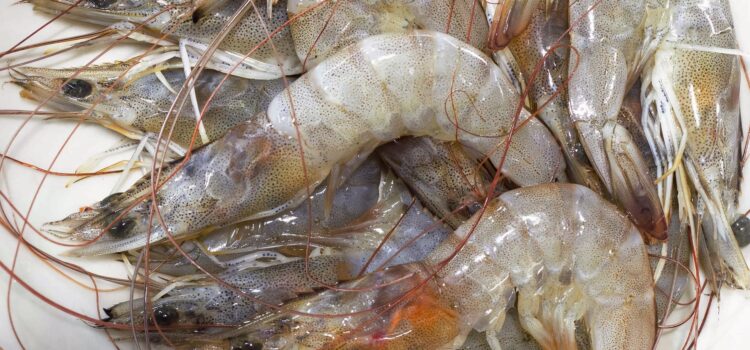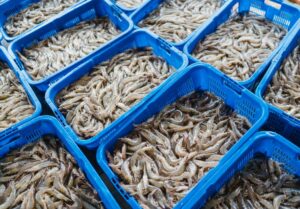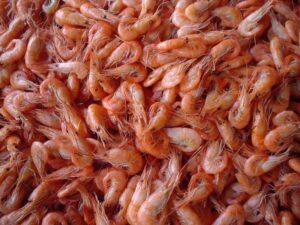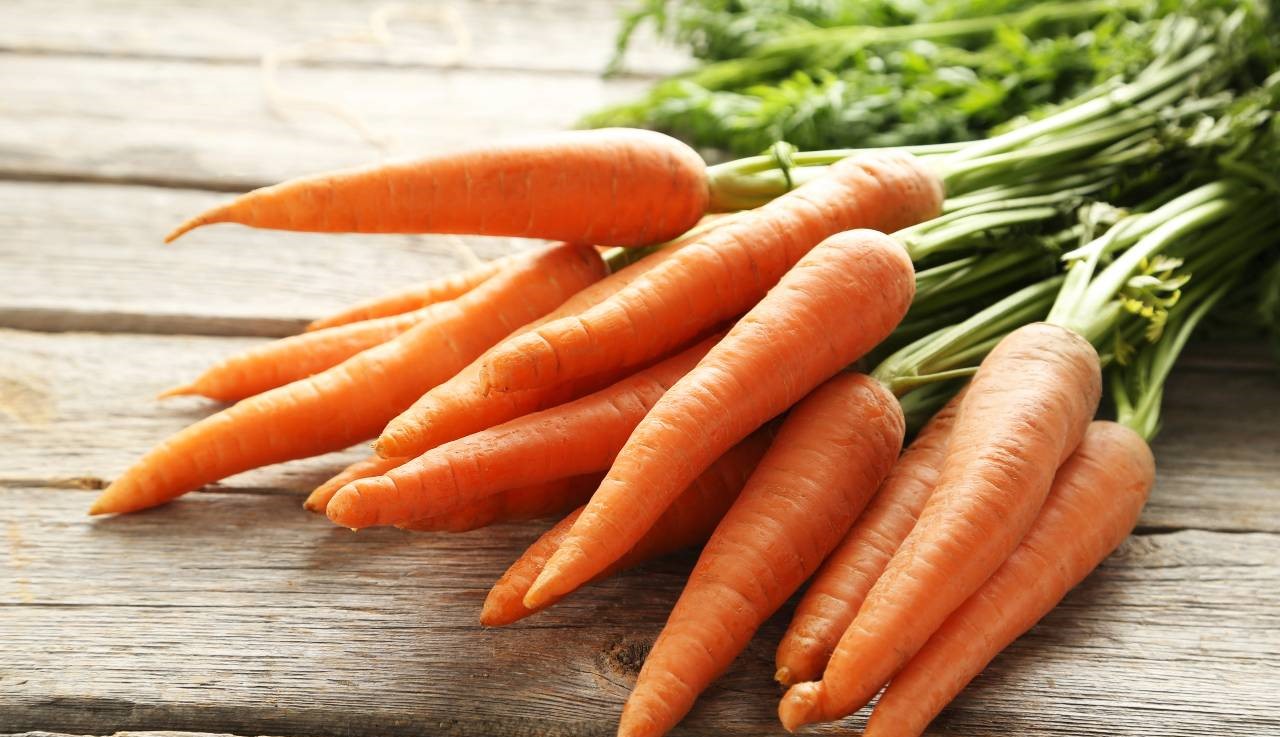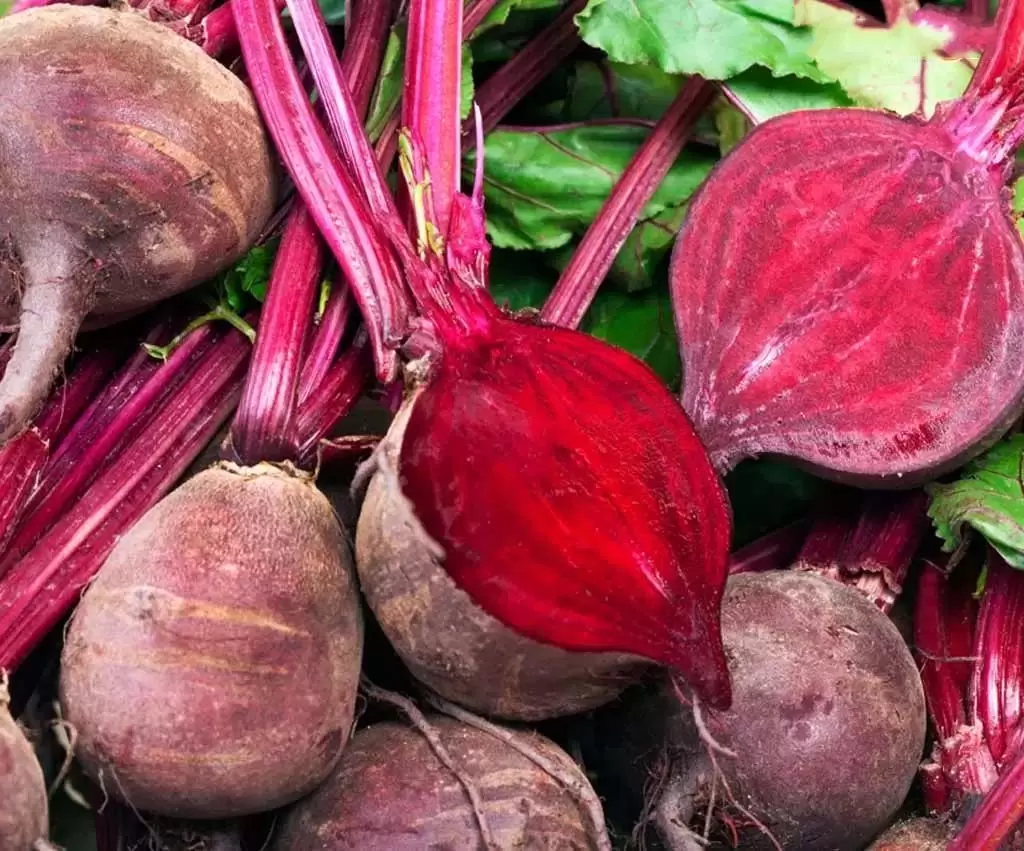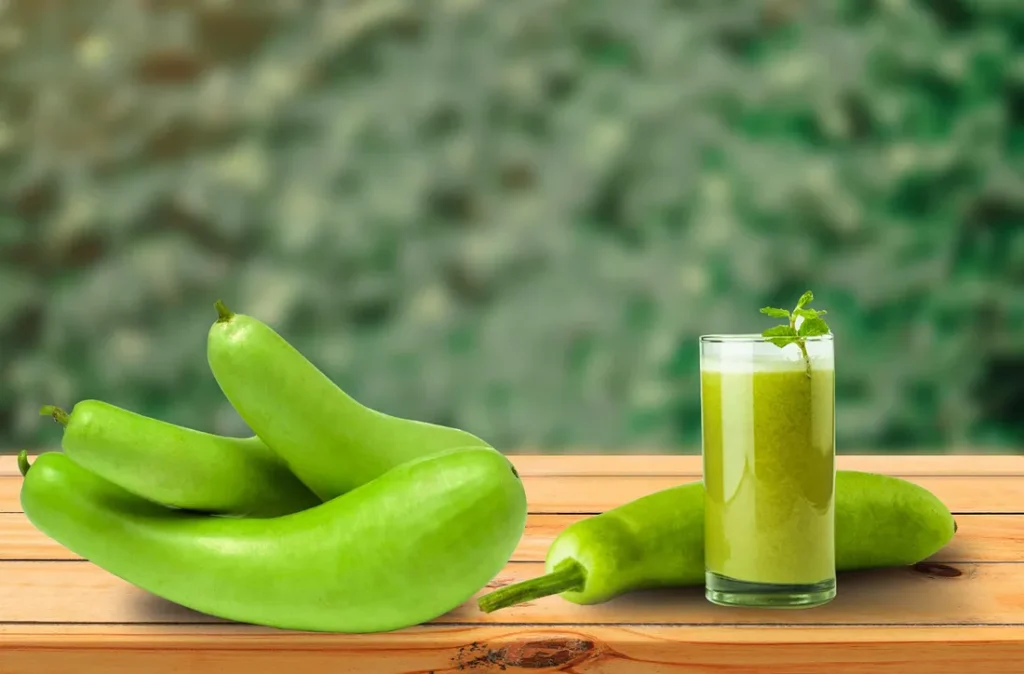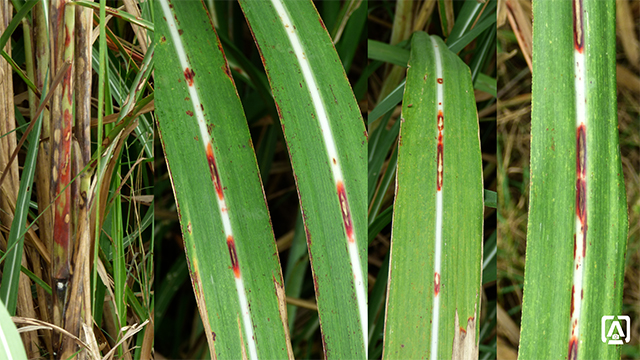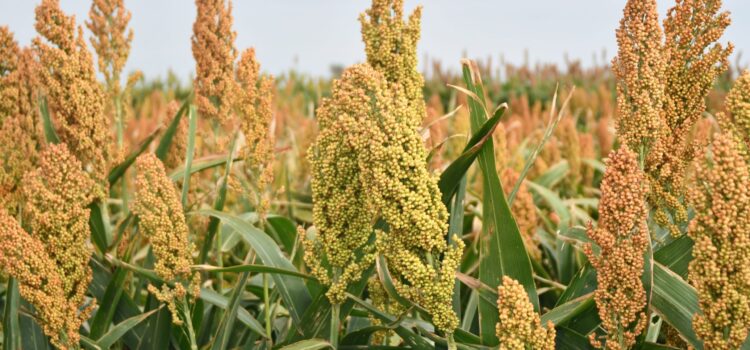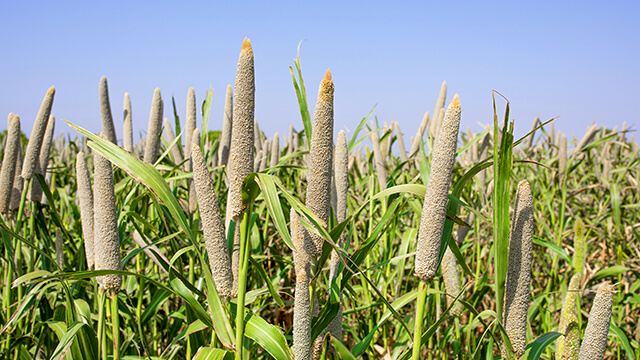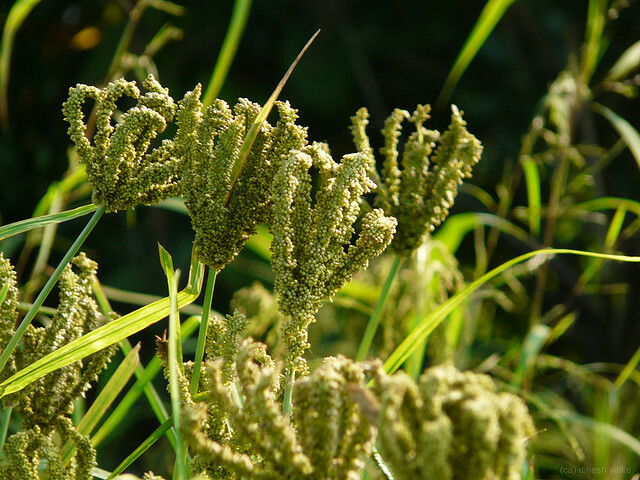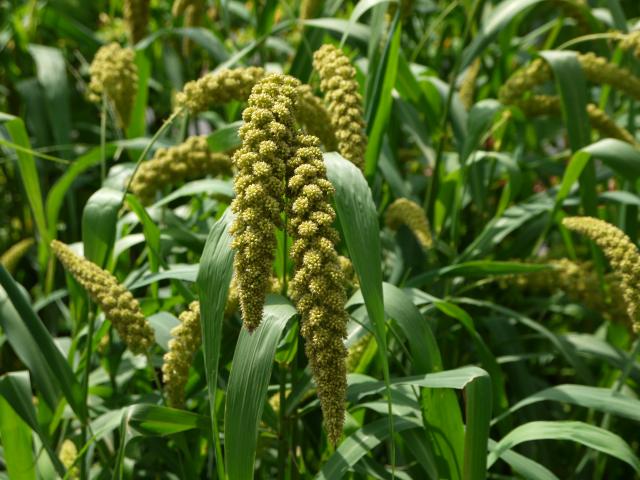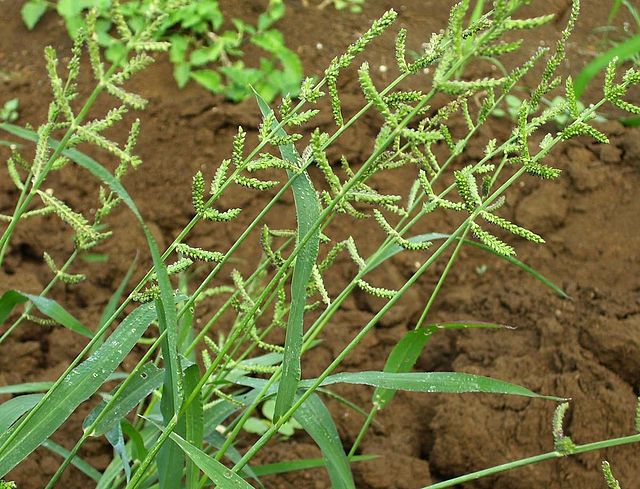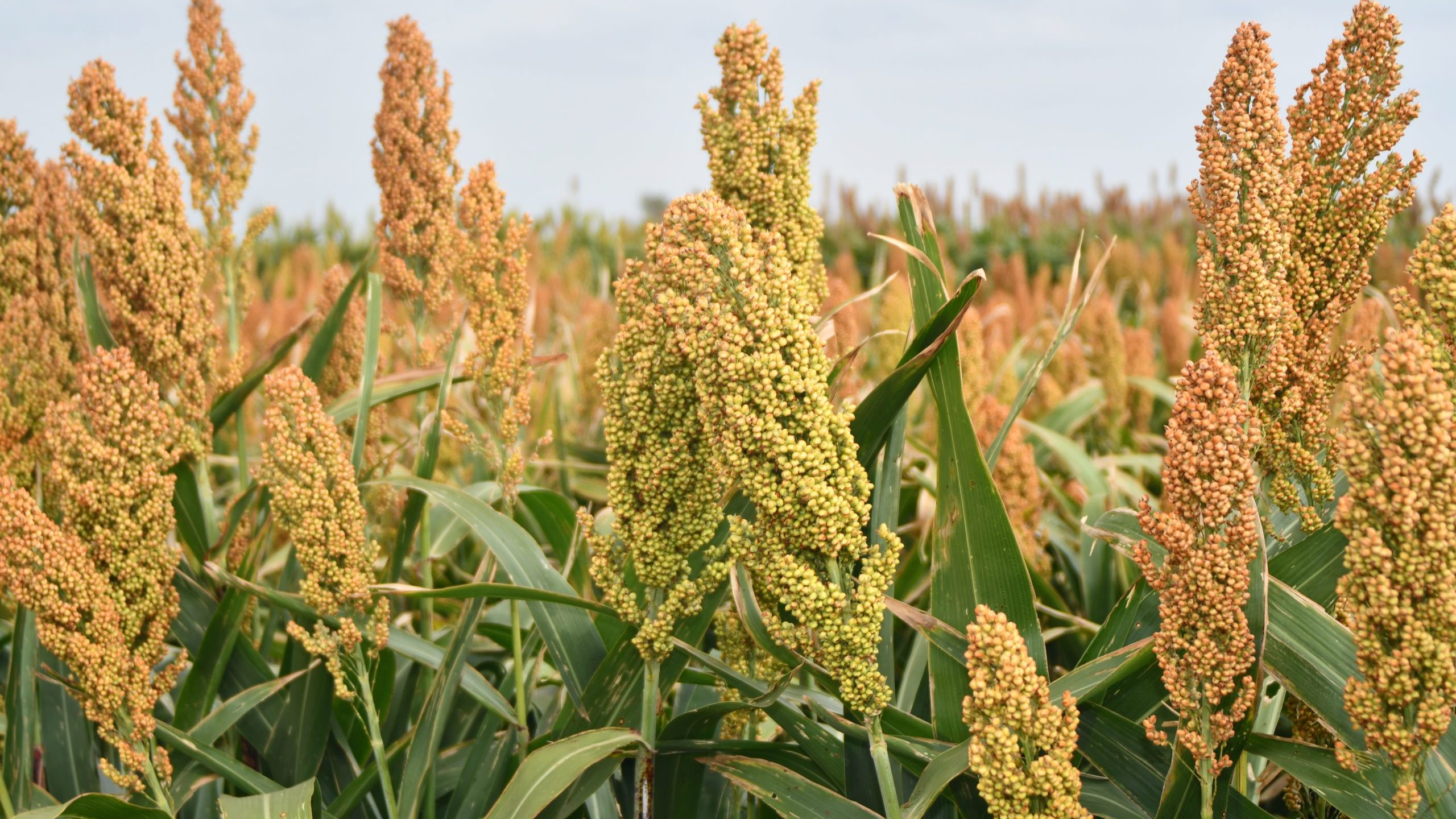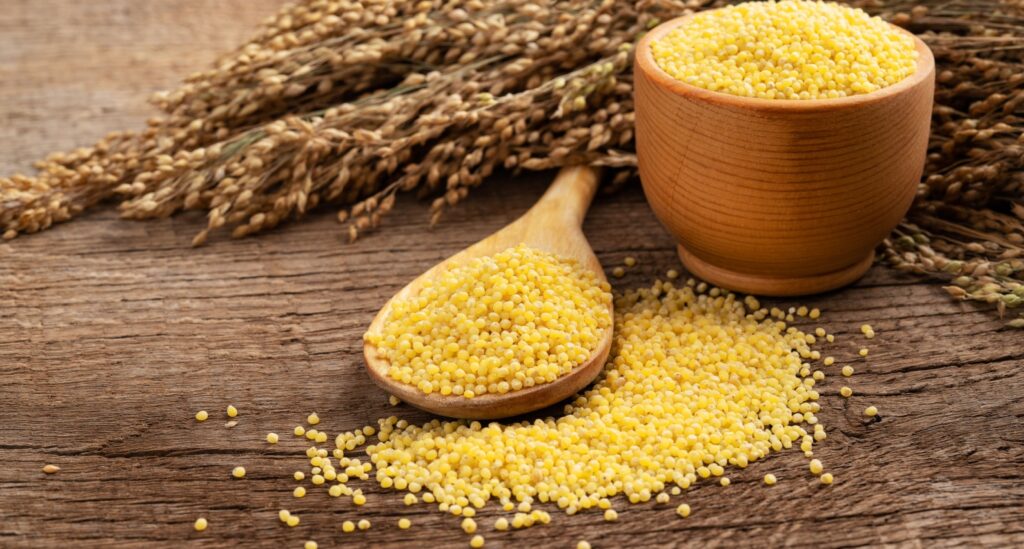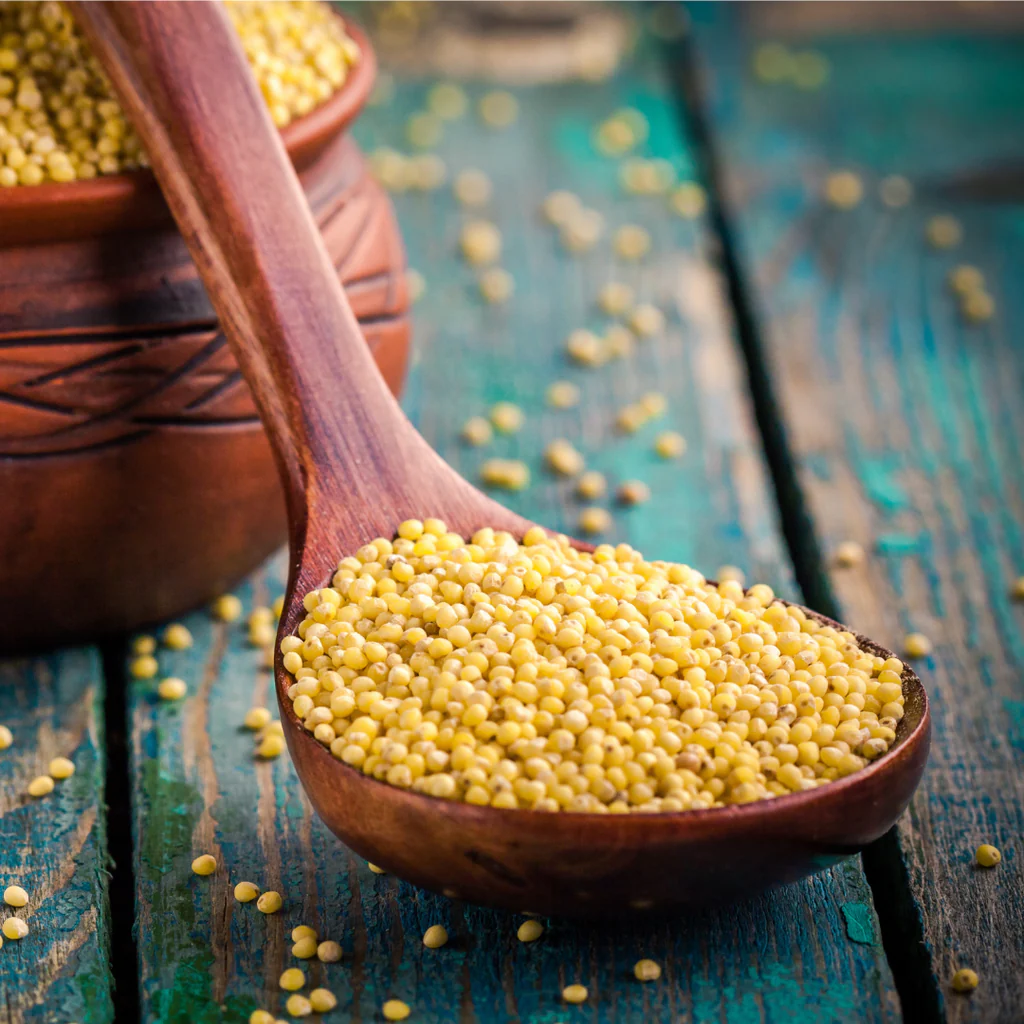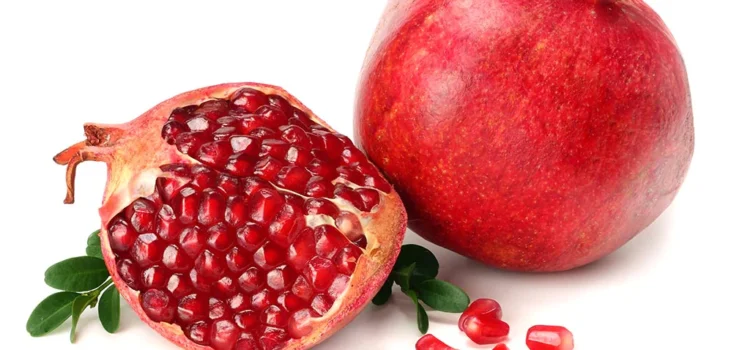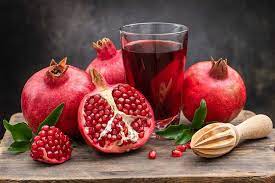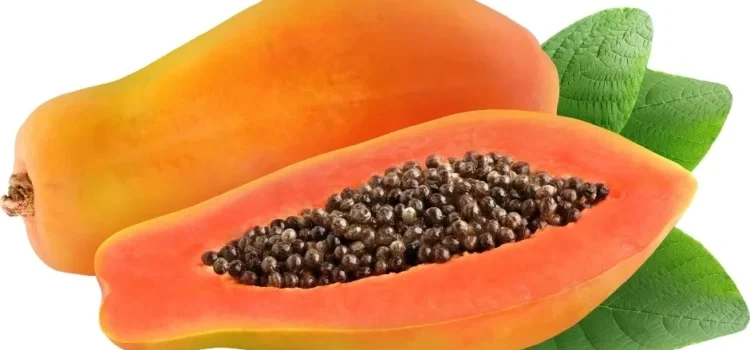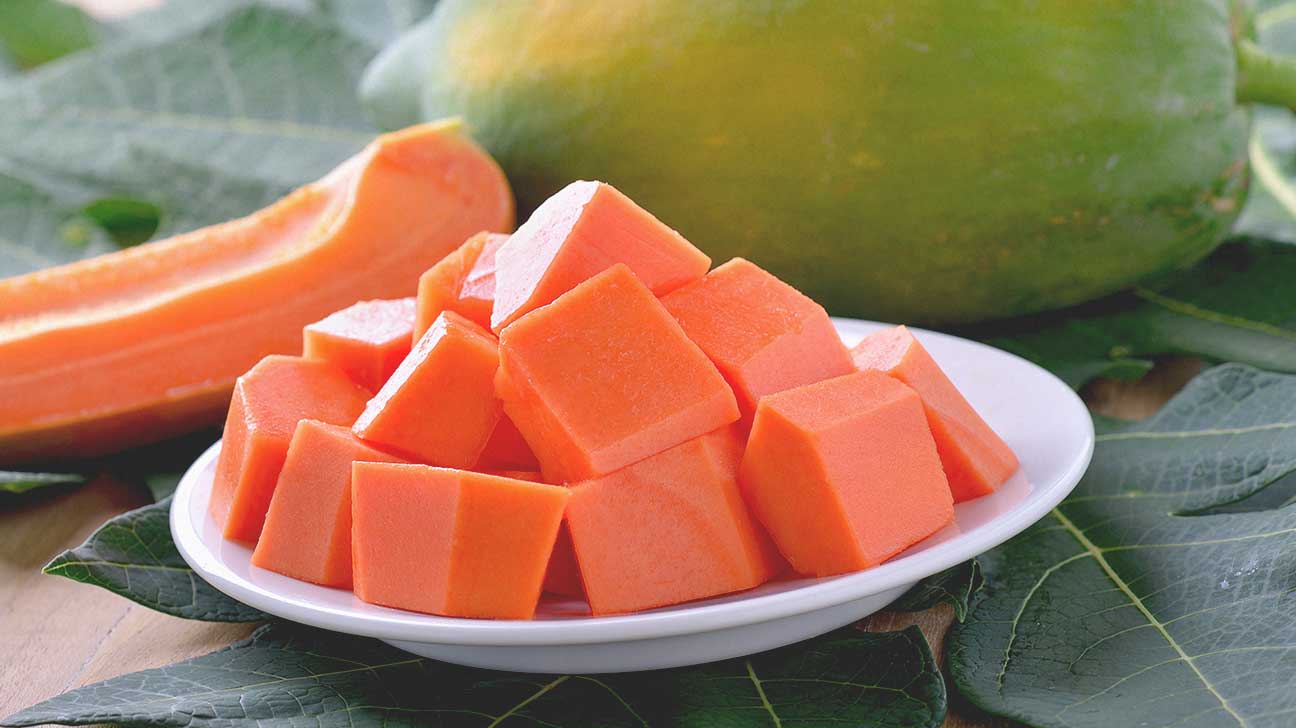Sun Flower Cultivation, Its Varieties, Pest & Diseases Management: A Complete Guide
The sunflower (Helianthus annuus) is a tall, flowering plant known for its large and vibrant flower heads. It belongs to the family Asteraceae and is native to North and Central America. Sunflowers are cultivated worldwide for various purposes, including oil production, food consumption, ornamental use, and wildlife support. Sunflower cultivation is the process of growing sunflowers, which are large, bright yellow flowers known for their distinctive appearance and oil-rich seeds. Sunflower cultivation can be done for various purposes, including oil production, ornamental purposes, and wildlife habitat creation. Here are some key aspects of sunflower cultivation:
1. Selection of varieties
There are numerous varieties of sunflowers available, each with unique characteristics, including flower size, color, growth habit, and intended use. Here are some popular sunflower varieties, farmers/agriprenours may select any following variety for the cultivation for sunflowers.
These varieties are compact and generally reach a height of 1 to 3 feet. They are suitable for containers, small gardens, or as cut flowers. Examples include ‘Music Box,’ ‘Sundance Kid,’ and ‘Teddy Bear.’
These varieties are known for their towering height, often reaching 10 to 15 feet or more. They produce large flower heads and are impressive in garden displays. Examples include ‘Russian Mammoth,’ ‘Giant Sungold,’ and ‘Kong.’
These varieties are bred to have little or no pollen, making them ideal for people with pollen allergies or for cut flower arrangements where pollen staining is a concern. Examples include ‘Sunrich’ series, ‘Soraya,’ and ‘Moonwalker.’
-
Multi-Branching Sunflowers:
These varieties produce multiple flower heads on a single plant, extending the bloom period and providing an abundance of cut flowers. Examples include ‘Autumn Beauty,’ ‘Lemon Queen,’ and ‘Italian White.’
-
Red and Burgundy Sunflowers:
These varieties have unique flower colors, ranging from deep red to burgundy. They add an eye-catching element to garden displays or floral arrangements. Examples include ‘Velvet Queen,’ ‘Claret,’ and ‘Red Sun.’
These varieties are bred for their unique and striking appearance, often featuring different colors, patterns, and petal shapes. Examples include ‘Teddy Bear,’ ‘Chocolate Cherry,’ and ‘Strawberry Blonde.’
These varieties are grown specifically for their edible seeds. They have plump seeds that are typically black or striped and are used for snacks, cooking, or oil production. Examples include ‘Black Russian,’ ‘Mammoth Russian,’ and ‘Striped Hybrid.’
Hybrid varieties are the result of crossbreeding different sunflower cultivars to achieve desired traits such as disease resistance, uniformity, or specific flower characteristics. Examples include ‘Sunbright’ hybrids, ‘Sunfinity,’ and ‘ProCut’ series. These are just a few examples of the many sunflower varieties available. When selecting a variety, consider factors such as intended use, flower size, height, color preference, and growing conditions to find the best fit for your needs and gardening goals.
2. Climate and Soil Requirements:
Sunflowers thrive in warm climates with temperatures ranging from 70°F to 78°F (21°C to 26°C) during the growing season. They require full sun exposure for at least 6 to 8 hours per day. The soil should be well-drained, loamy, and rich in organic matter. Sunflowers prefer a pH level between 6.0 and 7.5.
3. Land Preparation:
Prepare the land by removing weeds, rocks, and debris. Use plowing and harrowing techniques to loosen the soil and create a fine seedbed. Incorporate organic matter, such as compost or well-rotted manure, to improve soil fertility. The details of fertilizers and manuring given below in six paragraphs.

4. Sowing & Harvesting Period of Sunflowers:
Sunflowers can be directly sown into the ground or started indoors and transplanted later. The ideal time for planting depends on your location and climate. In general, plant sunflower seeds after the last frost when the soil has warmed up. Plant the seeds at a depth of 1 to 1.5 inches (2.5 to 4 cm) and space them according to the specific variety’s recommended spacing.
The exact sowing and harvesting months of sunflowers can vary depending on your specific location, climate, and the specific sunflower variety you are growing. It is crucial to consider your local conditions and consult with local agricultural extension services or experienced growers for precise information. However, here are some general guidelines for sowing and harvesting sunflowers based on common climate zones:
1. Temperate Climate Zones (e.g., United States, Europe):
- Sowing: Sow sunflower seeds from late spring to early summer when the soil temperature has reached at least 50°F (10°C) and the risk of frost has passed. This is typically from April to June in the Northern Hemisphere.
- Harvesting: Sunflowers are usually harvested around 100 to 120 days after sowing. Harvesting can occur from late summer to early autumn, depending on the specific variety and the desired maturity of the seeds or flower heads. This is typically from August to September in the Northern Hemisphere.
2. Subtropical and Mediterranean Climate Zones (e.g., parts of Australia, southern United States):
- Sowing: In these regions, sunflowers can be sown in late winter or early spring when the soil temperature has warmed up and the risk of frost has passed. This is typically from February to April in the Northern Hemisphere.
- Harvesting: Harvesting of sunflowers in subtropical and Mediterranean regions can occur from late spring to early summer, depending on the variety and the desired maturity of the seeds or flower heads. This is typically from May to July in the Northern Hemisphere.
3. Tropical Climate Zones (e.g., parts of Africa, South Asia, Central America):
- Sowing: In tropical regions, sunflowers can be sown during the cooler months when temperatures are not excessively high. The exact sowing time will depend on the specific location and local climate conditions.
- Harvesting: Harvesting in tropical regions can occur when the sunflower seeds or flower heads have reached the desired maturity. The timing will depend on the specific variety and growing conditions in the region.
5. Irrigation:
Sunflowers require regular irrigation, especially during their early growth stages. Keep the soil moist but not waterlogged. Once the plants are established, they become more tolerant of drought. Avoid overhead irrigation as wetting the foliage can increase the risk of diseases. Irrigation on 4-5th day and later at intervals of 7 to 8 days according to soil and climatic conditions, seeding, flowering and seed development stage (ie) two weeks before and after flowering.
6. Fertilization and Manuring:
The percentage of fertilizers and manure application in sunflower cultivation can vary depending on various factors such as soil fertility, nutrient requirements, and specific regional conditions. However, here are some general guidelines for fertilizer and manure application in sunflower cultivation:
Soil Testing:
Before applying fertilizers or manure, it is recommended to conduct a soil test to determine the nutrient status of the soil. This will help identify any deficiencies or imbalances and guide the appropriate fertilizer and manure application.
Nitrogen (N):
Sunflowers have relatively high nitrogen requirements, especially during the vegetative growth stage. Nitrogen promotes leaf and stem growth. The recommended nitrogen application rate for sunflowers is typically in the range of 60 to 120 kilograms per hectare (kg/ha), depending on soil test results and specific crop management practices.
Phosphorus (P) and Potassium (K):
Sunflowers also require phosphorus and potassium for overall plant development and flower production. The recommended application rates for phosphorus and potassium will depend on soil test results, but they generally fall within the range of 30 to 90 kg/ha for phosphorus and 40 to 120 kg/ha for potassium.
Manuring:
Spread 12 t/ha of FYM on the field before the last ploughing and incorporate in the soil by working a country plough.
References:
TNAU, Agritech Portal.
7. Weed Control:
Keep the sunflower field free from weeds, as they can compete for nutrients, water, and sunlight. Mulching, hand weeding, or shallow cultivation can help control weeds. Take care not to damage the sunflower roots during weed removal. Flowing weedicide and herbicide may be applied in the sunflowers field.
- Apply Fluchloralin at 2.0 l/ha before sowing and incorporate or apply as pre-emergence spray on 5 day after sowing followed by irrigation or apply Pendimethalin as pre-emergence spray 3 days after sowing. The spray of these herbicides has to be accomplished with Back Pack/Knapsack/Rocker sprayer fitted with flat fan nozzle using 900 l water/ha as spray fluid.
- All the herbicide application is to be followed by one late hand weeding 30 – 35 days after sowing.
- Hoe and hand weed on the 15th and 30th day of sowing and remove the weeds. Allow the weeds to dry for 2 – 3 days in the case of irrigated and then give irrigation.
References: TNAU, Agritech Portal.
8. Pest and Disease Management:
Common pests that may affect sunflowers include aphids, caterpillars, and birds. Monitor the plants regularly and take appropriate measures such as applying organic insecticides or using physical barriers to deter birds. Sunflowers can also be susceptible to fungal diseases, so practicing crop rotation, providing good air circulation, and avoiding excessive moisture can help prevent disease.
9. Harvesting:
Harvest time varies depending on the intended use. For oilseed production, harvest when the back of the flower head turns brown and the seeds are mature. Cut the flower heads and hang them upside down in a well-ventilated area to dry. Once dry, remove the seeds for further processing. For ornamental purposes, harvest when the petals are fully open and the flower head is firm and vibrant. Sunflower cultivation can be a rewarding and enjoyable experience. Following these guidelines and adapting them to your specific growing conditions will help you successfully cultivate sunflowers.
A. Cut the capitula (flower heads) only
B. Thresh and clean
C. Immediately after harvest, dry the heads in the sun for 4 days.
D. Spread the heads in thin layer and give turning once in 5 hours
Importance of Sunflowers
Sunflowers hold significant importance in various aspects, including agriculture, ecology, economy, and culture. Here are some key reasons why sunflowers are considered important:
1 Food Production:
Sunflower seeds are a valuable source of food and oil. The seeds are rich in healthy fats, proteins, fiber, and essential nutrients. They are commonly consumed as a snack, used as an ingredient in baking and cooking, and processed to extract sunflower oil, which is widely used for cooking, frying, and salad dressings.
2. Oil Production:
Sunflower oil is one of the most widely consumed vegetable oils worldwide. It is low in saturated fats and high in unsaturated fats, making it a healthier option compared to some other cooking oils. Sunflower oil is used in various culinary applications, food processing, and as a component in the production of margarine and other food products.
3. Biodiesel Production:
Sunflower oil can be used as a feedstock for the production of biodiesel, a renewable and environmentally friendly alternative to fossil fuels. Biodiesel derived from sunflower oil can help reduce dependence on non-renewable energy sources and decrease greenhouse gas emissions.
4. Agricultural Crop:
Sunflowers are cultivated as an important agricultural crop, providing economic benefits to farmers and contributing to rural economies. They are relatively easy to grow and can be grown on a wide range of soils. Sunflower cultivation offers farmers an alternative rotational crop, which helps break pest cycles and improve soil health.
5. Pollinator Support:
Sunflowers are attractive to bees, butterflies, and other pollinators due to their large and vibrant flower heads. By providing nectar and pollen, sunflowers contribute to the pollination of other plants in the surrounding ecosystem, enhancing biodiversity and supporting the reproduction of various plant species.
6. Wildlife Habitat:
The tall and dense growth of sunflowers provides shelter, nesting sites, and food sources for wildlife. The seeds of sunflowers are a valuable food source for birds, small mammals, and pollinators, supporting their populations and contributing to ecological balance.
7. Erosion Control:
Sunflowers have a deep root system that helps stabilize the soil and prevent erosion. Their extensive root network can improve soil structure, increase organic matter content, and enhance water infiltration, making them beneficial for soil conservation.
8. Cultural Symbolism:
Sunflowers hold cultural significance in many societies. They are often associated with positivity, happiness, and vitality. Sunflowers symbolize warmth, sunshine, and a cheerful outlook. They are commonly used in art, decor, and celebrations, reflecting their cultural importance. The multiple uses and benefits of sunflowers make them a valuable and versatile plant. From food production to ecological support and cultural symbolism, sunflowers play a significant role in various aspects of human life and the environment.
Health Benefits of Sunflower Oil
Sunflower oil offers several health benefits due to its nutritional composition and unique properties. Here are some of the potential health benefits associated with sunflower oil:
1. Heart Health:
Sunflower oil is rich in monounsaturated and polyunsaturated fats, specifically linoleic acid (omega-6 fatty acid). These healthy fats help reduce LDL cholesterol levels (bad cholesterol) and increase HDL cholesterol levels (good cholesterol), promoting heart health and reducing the risk of cardiovascular diseases.
2. Antioxidant Activity:
Sunflower oil contains vitamin E, a potent antioxidant that helps protect the body’s cells from damage caused by free radicals. Vitamin E supports overall immune function and may help reduce the risk of chronic diseases, such as heart disease and certain cancers.
3. Anti-Inflammatory Properties:
Sunflower oil contains phytosterols, which have anti-inflammatory properties. These compounds help reduce inflammation in the body, which is associated with various chronic conditions, including heart disease, arthritis, and metabolic disorders.
4. Skin Health:
The vitamin E content in sunflower oil is beneficial for maintaining healthy skin. Vitamin E acts as an antioxidant and helps protect the skin from damage caused by UV radiation and environmental factors. It also supports skin hydration, promotes healing, and may alleviate certain skin conditions, such as dryness and inflammation.
5. Weight Management:
Sunflower oil, when consumed in moderation as part of a balanced diet, can be beneficial for weight management. The monounsaturated and polyunsaturated fats in sunflower oil can help promote satiety, regulate appetite, and support healthy metabolism.
6. Nutrient Absorption:
Sunflower oil aids in the absorption of fat-soluble vitamins (vitamin A, D, E, and K) from other foods. Consuming sunflower oil with nutrient-rich foods can enhance the body’s ability to absorb and utilize these essential vitamins.
7. Diabetic-Friendly:
Sunflower oil has a low glycemic index, which means it does not cause a significant spike in blood sugar levels. This makes it a suitable option for individuals with diabetes or those aiming to regulate blood sugar levels. It’s important to note that while sunflower oil offers potential health benefits, moderation and balance are key. Like any oil, it is high in calories and should be consumed in moderation to maintain a healthy diet.
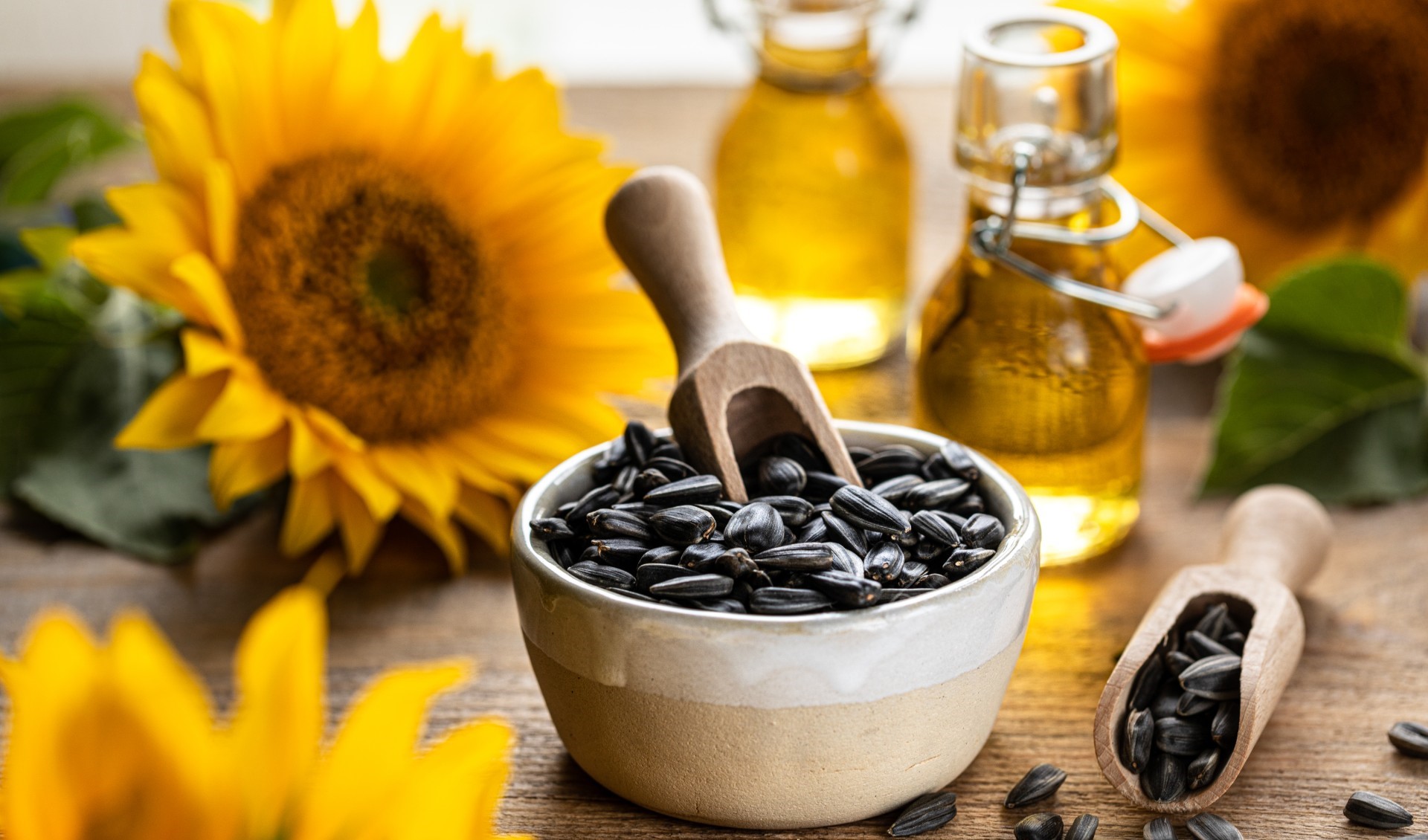
Nutrient Value of Sunflowers Oil
Sunflower oil is rich in nutrients and offers several health benefits. Here is the approximate nutrient composition per 100 grams of sunflower oil:
1. Fats:
Sunflower oil is predominantly composed of fats, with approximately 100 grams containing:
-
- Saturated Fats: 11 grams
- Monounsaturated Fats: 20 grams
- Polyunsaturated Fats: 66 grams (including omega-6 fatty acids)
2. Vitamin E:
Sunflower oil is a good source of vitamin E, specifically alpha-tocopherol, which is a potent antioxidant. The vitamin E content can vary depending on the quality and processing of the oil, but it typically ranges from 5 to 7 milligrams per 100 grams.
3. Phytosterols:
Sunflower oil contains phytosterols, which are plant compounds with structural similarity to cholesterol. Phytosterols have been shown to have cholesterol-lowering effects and can contribute to heart health.
4. Other Nutrients:
While sunflower oil primarily provides fats and vitamin E, it does not contain significant amounts of other essential nutrients such as protein, carbohydrates, fiber, or minerals.
Pest, Insect and Diseases in Sunflowers
Sunflowers are susceptible to various pests, insects, and diseases that can affect their growth and yield. Here are some common pests, insects, and diseases that can impact sunflowers:
Pests and Insects:
1. Aphids:
These small, soft-bodied insects feed on the sap of sunflower plants, causing stunted growth and distorted leaves. Aphids can be controlled using insecticidal soaps, neem oil, or beneficial insects like ladybugs.
2. Caterpillars:
Several types of caterpillars, such as armyworms and cutworms, can feed on sunflower leaves and stems. Manual removal or the use of insecticides can help manage caterpillar infestations.
3. Sunflower Moth:
The sunflower moth lays its eggs on the developing sunflower heads, and the larvae feed on the seeds. Proper crop rotation, early planting, and use of pheromone traps can help control sunflower moth populations.
4. Birds:
Birds can be attracted to sunflower seeds, especially during the maturation phase. Netting, scare devices, or reflective tape can be used to deter birds from damaging sunflower heads.
Diseases:
1. Downy Mildew (Plasmopara halstedii):
This fungal disease causes yellowing of the leaves and downy growth on the undersides. Planting resistant varieties, practicing crop rotation, and applying fungicides can help control downy mildew.
2. Sclerotinia Rot (Sclerotinia sclerotiorum):
This fungal disease affects the stem and leaves, causing wilting, rotting, and white fluffy growth. Proper spacing, good air circulation, and avoiding excessive moisture can help prevent Sclerotinia rot.
3. Rust (Puccinia helianthi):
Rust appears as orange or reddish-brown pustules on the leaves, stems, and flower heads. Fungicides and planting resistant varieties can be effective in managing rust.
4. Phoma Black Stem (Phoma macdonaldii):
This disease causes dark, sunken lesions on the stems, leaves, and petioles. Crop rotation, avoiding overhead irrigation, and fungicide application can help control Phoma black stem.
5. Verticillium Wilt (Verticillium spp.):
This soil-borne fungal disease causes yellowing, wilting, and premature senescence of sunflower plants. Planting resistant varieties and practicing crop rotation are key management strategies for Verticillium wilt.
It’s important to note that prevention and early detection are crucial in managing pests, insects, and diseases. Good cultural practices such as proper crop rotation, maintaining plant health, and regular monitoring can help minimize the impact of these issues. When considering pesticide use, follow label instructions and guidelines, and consider environmentally friendly options whenever possible.
Pest, Insect and Diseases Control in Sunflowers
Controlling pests, insects, and diseases is essential for maintaining healthy sunflower plants and maximizing yields. Here are some strategies for pest, insect, and disease control in sunflowers:
1. Integrated Pest Management (IPM):
Implementing an IPM approach involves combining multiple pest management strategies to minimize the use of pesticides and reduce the impact on beneficial organisms. IPM strategies include cultural practices, biological control, mechanical methods, and judicious use of pesticides when necessary.
2. Cultural Practices:
-
- Crop Rotation: Rotate sunflowers with non-host crops to disrupt pest and disease life cycles.
- Weed Control: Proper weed management reduces competition and potential pest and disease hosts.
- Sanitation: Remove and destroy crop residues, weeds, and infected plants to reduce the spread of pests and diseases.
3. Biological Control:
Encourage beneficial insects, birds, and other organisms that naturally prey on pests. Examples include ladybugs, lacewings, and predatory wasps. Planting companion plants that attract beneficial insects can also help control pests.
4. Mechanical Methods:
-
- Hand Picking: Physically remove pests, such as caterpillars or aphids, by hand.
- Trapping: Use pheromone traps or sticky traps to monitor and capture pests.
5. Chemical Control (Pesticides):
-
- When necessary, select pesticides targeted to specific pests and diseases.
- Follow label instructions carefully, including dosage, timing, and safety precautions.
- Consider using insecticides with minimal impact on beneficial insects.
- Rotate pesticide active ingredients to minimize the risk of resistance development.
6. Disease Management:
-
- Plant Disease-Resistant Varieties: Choose sunflower varieties with resistance to common diseases in your area.
- Proper Spacing: Provide adequate spacing between plants to improve air circulation and reduce disease spread.
- Fungicide Applications: When necessary, apply fungicides according to label instructions to control fungal diseases. Timing and frequency of applications may vary depending on disease pressure and weather conditions.
7. Monitoring and Early Detection:
-
- Regularly inspect sunflower plants for signs of pests, insects, or diseases.
- Monitor weather conditions and disease forecasts to anticipate and manage disease outbreaks effectively.
Salles and Export of Sunflower Seed/Oil
The sales and export of sunflower seeds can vary depending on global market dynamics, production levels, and trade policies. Here are some key points regarding the sales and export of sunflower seeds:
1. Major Exporting Countries:
The leading producers and exporters of sunflower seeds include Ukraine, Russia, Argentina, the United States, and the European Union countries. These countries have favorable agro-climatic conditions for sunflower cultivation and often have significant export volumes.
2. Export Markets:
Sunflower seeds are exported to various countries around the world. Major importers of sunflower seeds include the European Union (particularly the Netherlands, Spain, and France), China, Egypt, Turkey, and Iran. The demand for sunflower seeds in these countries is driven by factors such as the food industry, animal feed production, and the growing popularity of healthy snacks.
3. Processing and Value Addition:
Sunflower seeds are often processed before export. They can be hulled or dehulled, roasted, salted, or used for oil extraction. Processed sunflower seeds, such as roasted and flavored sunflower seeds, are popular in many markets and add value to the product.
4. Trade Policies and Regulations:
The export of sunflower seeds is influenced by trade policies, import/export regulations, and quality standards of both the exporting and importing countries. Compliance with phytosanitary measures, food safety regulations, and quality standards is important for international trade.
5. Price Fluctuations:
Like other agricultural commodities, sunflower seed prices can be subject to fluctuations due to factors such as crop yields, weather conditions, global supply and demand dynamics, and currency exchange rates. These price fluctuations can impact export volumes and trade patterns.
6. Value of Sunflower Seed Exports:
The value of sunflower seed exports can vary from year to year depending on production levels, market conditions, and prices. According to available data, global sunflower seed exports have been valued in the billions of dollars annually.
7. International Competition:
The sunflower seed market is competitive, with various exporting countries vying for market share. Factors such as product quality, price competitiveness, reliability, and trade relationships play a role in determining the success of exports.

Note: For more information regarding cultivation, pest, insect and disease management in sunflowers, candidates may contact to us via e-mail agriculture24mag@gmail.com or WhatsApp: +91 6394082801.
